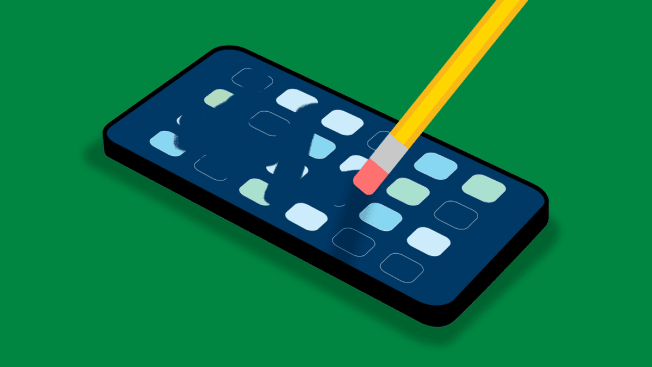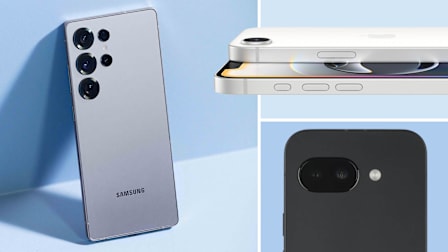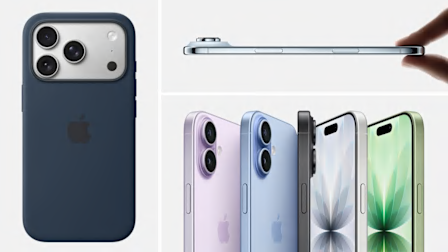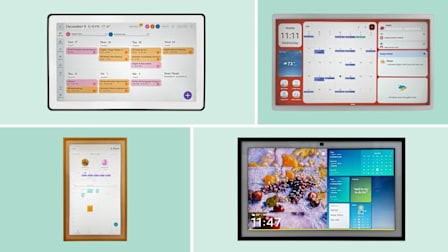How to Factory Reset Your Phone
Before selling, recycling, or trading in an outdated Android or Apple device, follow these steps to wipe it clean of personal information

When it’s time to buy a new phone, it’s also time to think about what to do with your old phone. If it has retained any of its value, trading it in or selling it could lighten the load of paying for that pricey new device. And if no one’s willing to give you money for the thing, you can recycle or donate it to help reduce e-waste.
But before you do any of that, make sure you erase all the personal data that’s on it. Think about it: That tiny device holds the names and phone numbers of your friends and family members, private messages and photos, bank and credit card info.
Android Phone
The easiest way to back up your info (and transfer it to a new phone) is by saving it to the cloud, using a Google account or Samsung Cloud.
Note that not all third-party apps back up and restore data. Those that seamlessly sync across phone, desktop, and browser with one log-in—such as Amazon, Facebook, and Netflix—will not be a problem. But with other, Android-only apps, you may have to check the settings to see if there’s a backup option.
To back up to your Google account: Go to Settings > Google > Backup and tap Back up now.
The process can take up to 24 hours, so wait at least that long before you wipe your phone. When it’s done, your app data, contacts, call history, settings, SMS and MMS messages, photos, and videos will all be safe.
If you’re a Samsung Galaxy phone owner: You can use the company’s Smart Switch app to transfer data between Galaxy devices and even an iPhone and a Galaxy phone. To perform a manual backup, go to Settings > [Your Account Name] > Samsung Cloud > Back up now.
Samsung Cloud backups include your call logs, clock settings, app settings, calendar, messages, contacts, home screen, general settings, voice recorder clips, and more.
Once the backup is complete, you can move on to the factory reset. The steps may vary depending on your model and the version of Android you use.
On a Samsung Galaxy phone: Go to Settings > General management > Reset > Factory data reset.
On other Android phones: Try Settings > System > Reset Options > Factory Reset. And if that doesn’t work, go to Settings, tap the search icon, and enter “factory reset.” That should take you to the right screen.
The phone will ask if you’re sure you want to erase all data. Follow the prompts to complete the process.
iPhone
Apple’s iCloud stores most of the content and settings on your phone by default. The list includes your contacts, calendar, reminders, notes, messages, photos, and more. That makes it easy to transfer all of the information to a new phone. But it doesn’t include things like app data, device settings, ringtones, and home screen and app organization.
Keep in mind you might not be using iCloud to save everything if, say, you’ve exceeded the 5 free gigabytes of space allotted. Once you start the factory reset process, though, you’re presented with the option to prepare for a new iPhone and that gives you extra iCloud storage for all apps and data. You just have to transfer that info to the new device within 21 days.
To back up data to iCloud: Go to Settings > General > Transfer or Reset iPhone. Click Get Started and follow the prompts.
If you need more than 21 days to transfer your data to a new phone, you can do a manual backup to iCloud or a computer:
To back up to iCloud: Go to Settings > [Your Name] > iCloud > iCloud Backup > Back Up Now.
To back up to a Mac: Connect your iPhone to your computer with a cable. Open Finder, click on your iPhone in the sidebar, then click General > Back up all of the data on your iPhone to this Mac > Back Up Now.
To back up to a Windows PC: Connect your iPhone to your computer with a cable. Open iTunes, then click the iPhone button > Summary > Back Up Now.
Once that’s done, you can perform the factory reset by selecting “Erase All Content and Settings.”
































